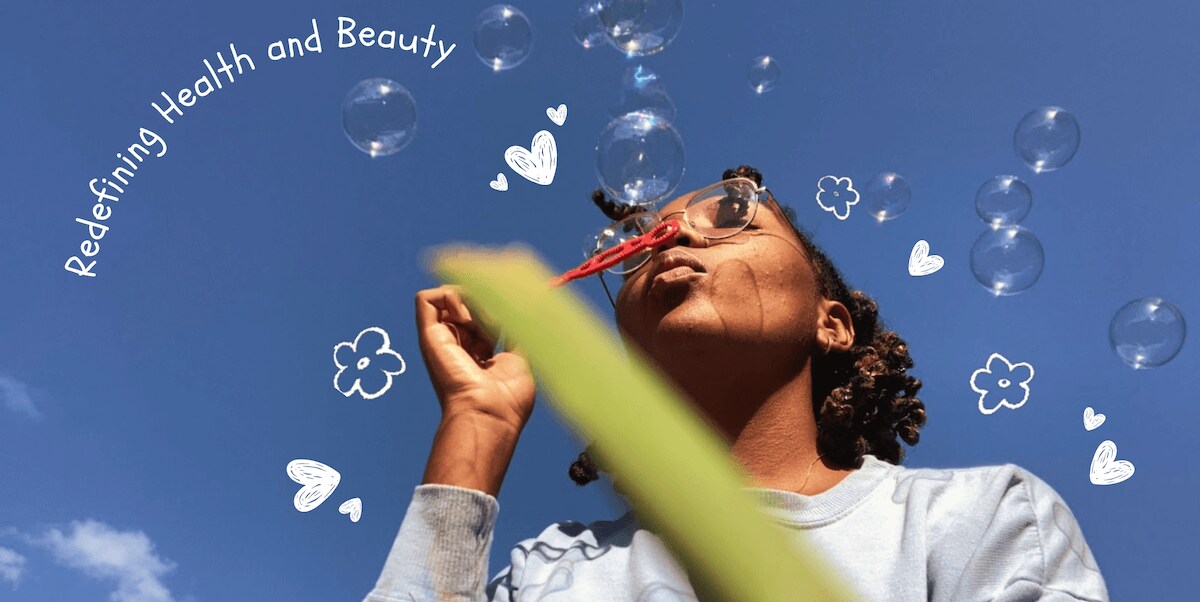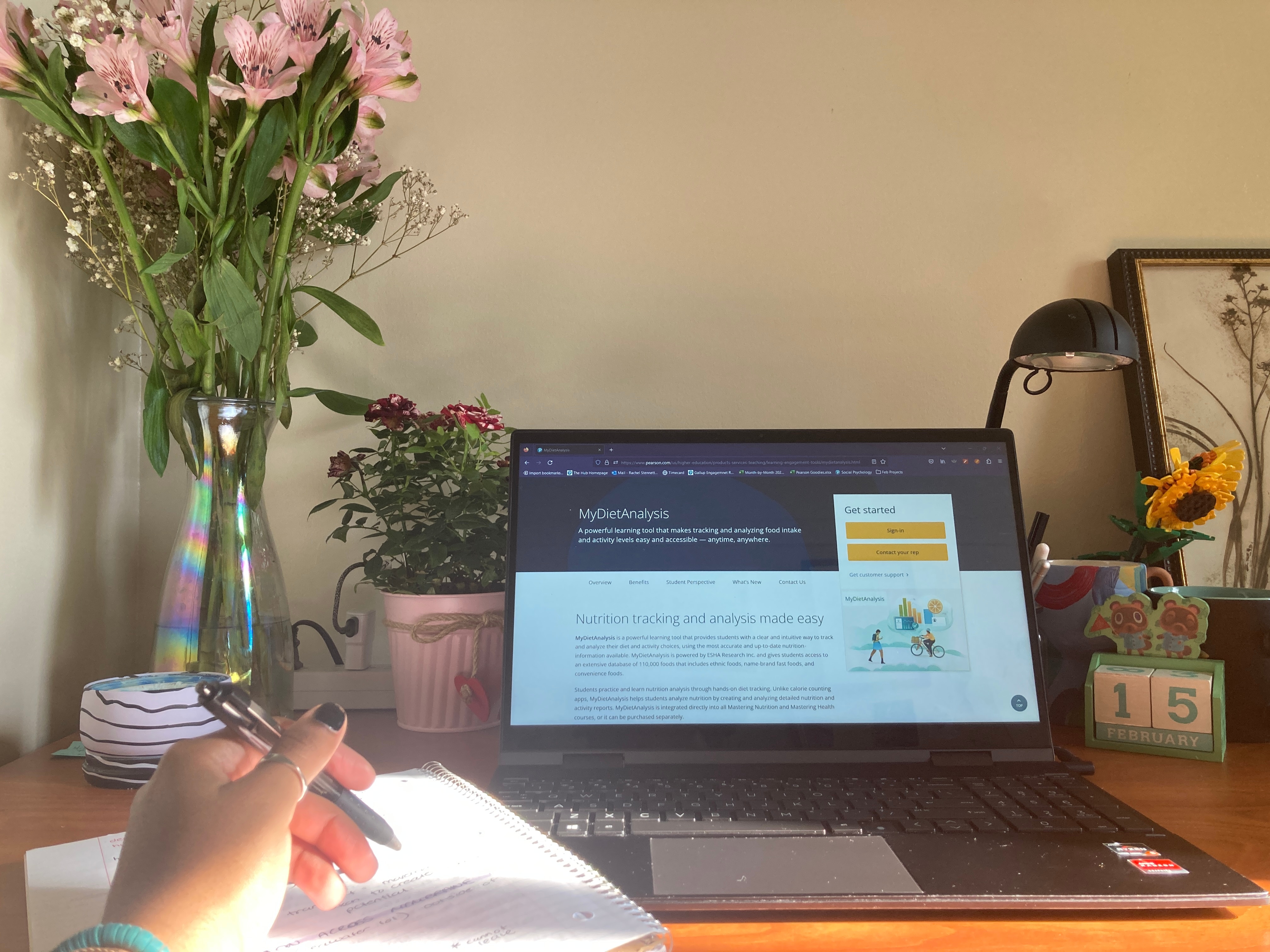
Redefining Health and Beauty: Mindsets and Affirmations for Your Best Self
It’s hard to talk about diets and nutritional tracking without mentioning the social and psychological implications surrounding these topics. It is crucial to remember that while changing your lifestyle can be conducive to your health, it can become destructive if taken to the point of obsession. Societal expectations unfortunately do not help with this issue. For years, the media has shaped what the ideal of “happy, healthy, and beautiful” should look like, especially for young adults. With each generation, a new physique is idolized along with a new fad diet to help the “average” person reach these ideals. While the effects of these diets often end up being short-term, the negative effects on body image and relationship with food are often long-term. My own battles with body image and unhealthy eating habits have attracted me to the field of dietetics and nutritional health. Even though I still struggle from time to time, one of the most helpful tools in overcoming these issues is changing the way I create my definition of health. In this blog, I want to address some of the movements and affirmations that helped me redefine what my best self looks and feels like.
Movements
Healthy at Every Size (HAES)
One of the hardest obstacles I had to overcome with my body image is that no matter how much I changed my lifestyle habits, I would never look like the physique I was chasing after. Something would always be a little off — in the scale, the mirror, in pictures. The Healthy At Every Size (HAES) movement pivots away from many of the focuses within traditional dieting methods. Rather than focusing on losing weight, restricting diets, and intense exercise routines, HAES encourages participants to focus on accepting their size and trusting their bodies. When it comes to vital ratings, it is shown that participants who adopt this approach to health often have lower blood pressure and lower cholesterol than strict dieting groups. Instead of calculating what a healthy physique looks like for a person based on algorithms, HAES recognizes that healthy body weight may vary just like our shoe sizes and heights. There’s no set perfect weight for every individual.
Mindful eating and eating in moderation
Mindful eating and eating in moderation fall under the HAES dogma. In these practices, following natural hunger cues is encouraged over restricting foods and caloric intake. Since no food is declared as being “bad” or “good” for your health, a varied diet of all types of foods is highly recommended. This is not to say that eating sugary, salty, and highly processed foods are a free-for-all or that supersized portions are encouraged. Rather, these practices seek to remove the anxiety and obsessive tendencies that following a strict diet may create. To this day, I catch myself feeling guilty for eating out multiple times a day or eating a second serving of dessert since my previous diet plans would not allow for it. By adopting mindful eating and eating in moderation, I am slowly relearning that it is OK to have a second slice of cake if I’m hungry, as long as my overall diet is still varied with fruits and vegetables.
Affirmations
Your clothes should fit you
Another source of insecurity with body image for me, and many college-aged students, is clothing size. There have been many times when I have bought clothing and promised myself I would wear it when I reached my weight loss goals. Conversely, there have been times when I have broken down since clothing I bought a couple of years ago is now too tight. While it may seem silly, it is important to keep in mind that your clothes should fit you; you shouldn’t fit your clothes. Many clothing stores do not follow the same sizing guidelines. Furthermore, it is natural for your body to go through changes over the course of the year and even throughout the day. If something doesn’t fit, don’t get discouraged.
Your body is capable of amazing things — appreciate it
The underlying message of this post is to love yourself the way that you are. Follow your health goals to feel your best, not to look like what other people think is your best. Fuel it to be happy, train it to be healthy, and appreciate what it is and is not capable of at the moment. No matter how you look, your body is capable of amazing things.
I hope you were able to learn a little bit more about nutrition and health. From looking at what nutrients college-aged students are deficient in, to new recipes to include within your daily diet, and finally, to concerns about body image, we have analyzed nutrition on biological, practical, and societal levels.
For more practice with nutrition tracking and health resources, check out MyDietAnaylsis.
